Ansell Lighting Light ribbon-/hose/-strip
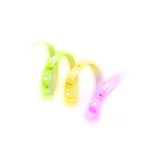

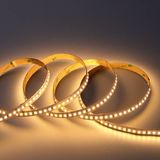
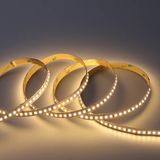

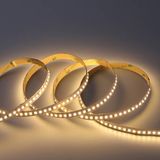
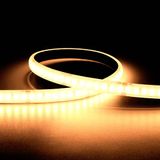







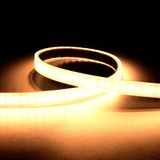
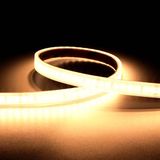
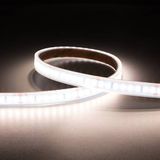




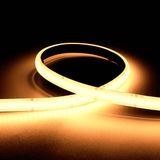


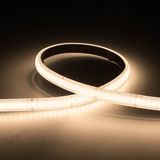
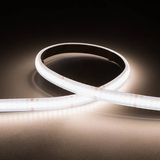
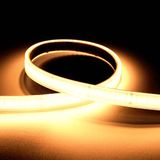



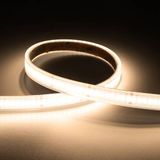



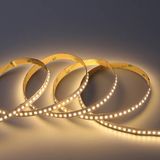
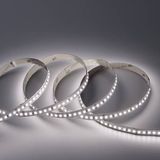

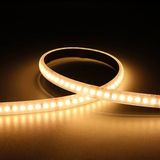
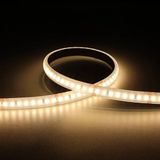
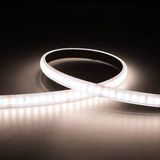


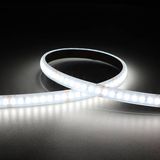
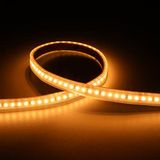
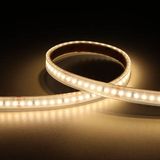

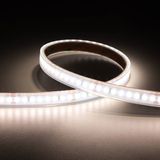
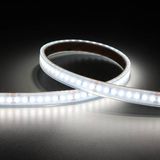

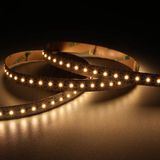
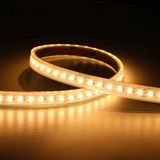



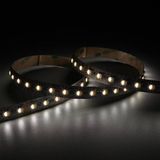
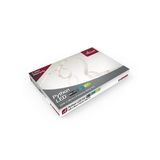
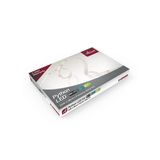
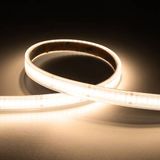


In modern lighting design, rigid luminaires often can’t reach every contour or architectural detail. That’s where Ansell lighting ribbon strip and Ansell light ribbon hose systems excel. They bend, flex, and adapt—all while delivering consistent LED output. These systems are increasingly used in signage, coves, backlighting, alcoves, and decorative outlines. Ansell integrates adhesives, modular connectors, and protection features so the ribbon strip or hose systems endure in long runs even under dust, moisture or vibration.
Technically, these ribbon / hose strips are built with high-density LED chips, slim PCBs or silicone encapsulation, and optional IP-rated jackets. Voltage drop and thermal management matter deeply here. Because these are often used over long lengths, voltage regulation, segmentation, and connector joints must be precise. A bad joint can cause brightness variation or failures along the run. As a distributor, you want to offer systems with both performance and serviceable modularity.
Ansell LED Ribbon Strip — Core Open-Plan Solutions
This is the basic but widely used form: flat, flexible LED strip that can be mounted on surfaces, adhesives or channels.
Technical specs: operates typically at 24 V or 12 V, uses SMD LED modules with spacing from 30 LEDs/m to 120 LEDs/m, supports power up to few watts per meter. Can be cut at defined intervals (every 50 mm or 100 mm depending).
Advantages: low profile, broad coverage, easy to install in continuous lines. Excellent for internal lighting, cove illumination, accent lines.
Drawbacks: minimal bending in vertical plane (cannot curve in all directions), sensitive to water unless IP rated, voltage drop limits run length without injection.
Procurement tips: sell in reels (5 m, 10 m, 50 m), supply matching connectors, end caps, solderless joints. Watch packaging: reels must avoid deformation and static damage. Buyers should plan injection points and voltage feed accordingly. Sometimes ribbon and hose lighting gets chosen through quick prototyping: a crew tests a short run on site, checks reflections on paint and tiles, then scales the idea across the room. For that kind of “try, adjust, expand” workflow, installers often pick workable options like forlight light ribbon hose strip, because it lets them build a clean line without overengineering the build. In interiors where the light line is meant to be part of the aesthetic (not just a hidden helper), the selection shifts toward how the glow looks against materials and how naturally it supports the mood. That’s where designers frequently specify cristalrecord light ribbon hose strip, using it as a visible finishing layer in niches, shelving and feature walls. Renovation jobs have a different logic again: you’re working around existing wiring, fixed furniture, and imperfect surfaces, so the “best” product is the one that adapts quickly and behaves predictably during installation. In those scenarios, teams commonly rely on flexible, no-drama solutions such as bowi light ribbon hose strip, treating it as a practical tool to recover missing light and add depth. And when there’s almost no physical space—tight profiles, narrow recesses, sharp edges where every millimetre matters—the decision becomes purely about precision placement. For that kind of detailing, installers often finish the job with compact formats like akto light ribbon hose strip, chosen to sit neatly where standard solutions simply don’t fit.
Using a high LED density model, brightness drop over length is less, so less need for mid-feeds.
Ansell Lighting Flexible Hose Strip — Curved & Sculptural Installations
This version wraps the LED ribbon inside a semi-transparent hose or tube, allowing 3D curves, arcs, and flowing shapes.
Technical specs: inside silicone or PVC hose, often IP65+ rated, bend radius down to ~30 mm, includes drainage or venting features. LED spacing more modest (e.g. 60 LED/m) to preserve uniform light on curved surfaces.
Advantages: perfect for corona lighting, perimeter glow, curved ceilings, feature edges. Hose protects LED from dust, moisture, mechanical touch.
Drawbacks: slight light diffusion softens brightness, heat must escape (hose material thermal limits), more expensive to maintain.
Procurement tips: supply hose lengths, cut kits, joiners, mounting clips (U-clips or channel mounts). Ensure hose trims and connectors are compatible in the line. Consider stocking standard radii guides for clients.
Ansell Led Ribbon Lighting (Smart / Protection Enhanced)
This subtype adds advanced features: dimming control, smart modules, IP-rated protection, addressable segments.
Technical specs: integrated addressable LED sections (e.g. WS2812 style), driver control modules, surge protection, perhaps even embedded sensors. Operating voltage often stays at 24 V DC but electronics add complexity.
Advantages: dynamic color, dimming, scene control, remote control, modular replacement of failed segments. Great for architectural lighting, signage, interactive displays.
Drawbacks: cost increases, more complex wiring, need for signal integrity over long runs, risk of control failures.
Procurement tips: supply smart controllers, extension leads, interface modules, field-solder kits, firmware support. Always include documentation and wiring diagrams so end clients integrate properly.
Compatibility & Integration Notes
All three types share basic platform compatibility: LED modules, power supply types (12 V or 24 V), connectors, mounting profiles.
They mount on aluminum channels or extrusion rails for heat dissipation.
Smart versions integrate with DMX, DALI or proprietary control protocols. Hose and strip can be co-mounted if mounting system supports both.
For long runs, keep segments under 5 m each or inject power midpoints to avoid voltage drop and color shift.
Technical & Safety Standards
These ribbon and hose systems must comply with IEC EN 60598, IP ratings (IP20 to IP68 as needed), CE/UKCA, and in many cases RoHS.
Materials must resist UV, plastic aging, and mechanical fatigue.
Thermal management: junction temperature must stay under rated limits, so aluminum backplates or channels help.
Electrical insulation: double insulation or SELV circuits help where users may touch.
Connector safety: locking connectors, strain reliefs, and proper shielding avoid failures under vibration.
Application & Use Scenarios
Ansell LED ribbon strip is ideal for linear cove lighting or luminous ceilings in hotels, lobbies, or retail aisles.
Ansell light ribbon hose is chosen for curved architectural outlines, circular ceilings, signage halos or backlit facades.
Ansell smart ribbon lighting is used in installations requiring mood lighting, signage animation, dynamic branding displays or synchronization with audio/video systems.
In commercial retail, combining strip for corridors and hose for architectural accents gives a unified aesthetic while optimizing cost.
In interior design, hidden troughs use ribbon strip; for exposed edges, hose style gives protection and visual continuity.
Wholesale Procurement & B2B Logistics
At Bank of Lamps, we handle bulk supply of Ansell lighting ribbon hose strip systems with full B2B infrastructure:
- Tiered pricing based on reel lengths and project volumes
- Account manager support for technical scoring and kit assembly
- Real-time stock visibility from our Latvia warehouse and partners
- Quote requests answered typically within one hour
- Order via EAN/MPN for precise matching
- Lead-time tracking visible in your dashboard
- Delivery zones: UK, Germany, Netherlands, France, Spain, Belgium, Baltics
- Post-payment up to 30 days for trusted partners
- Consolidated shipping on multi-component orders
- Reorder history for standard layouts and repeat projects
When you specify Ansell lighting ribbon hose / strip, we not only supply the core product but full kits — adhesives, channels, controllers — all backed by inventory, logistics, and technical support.